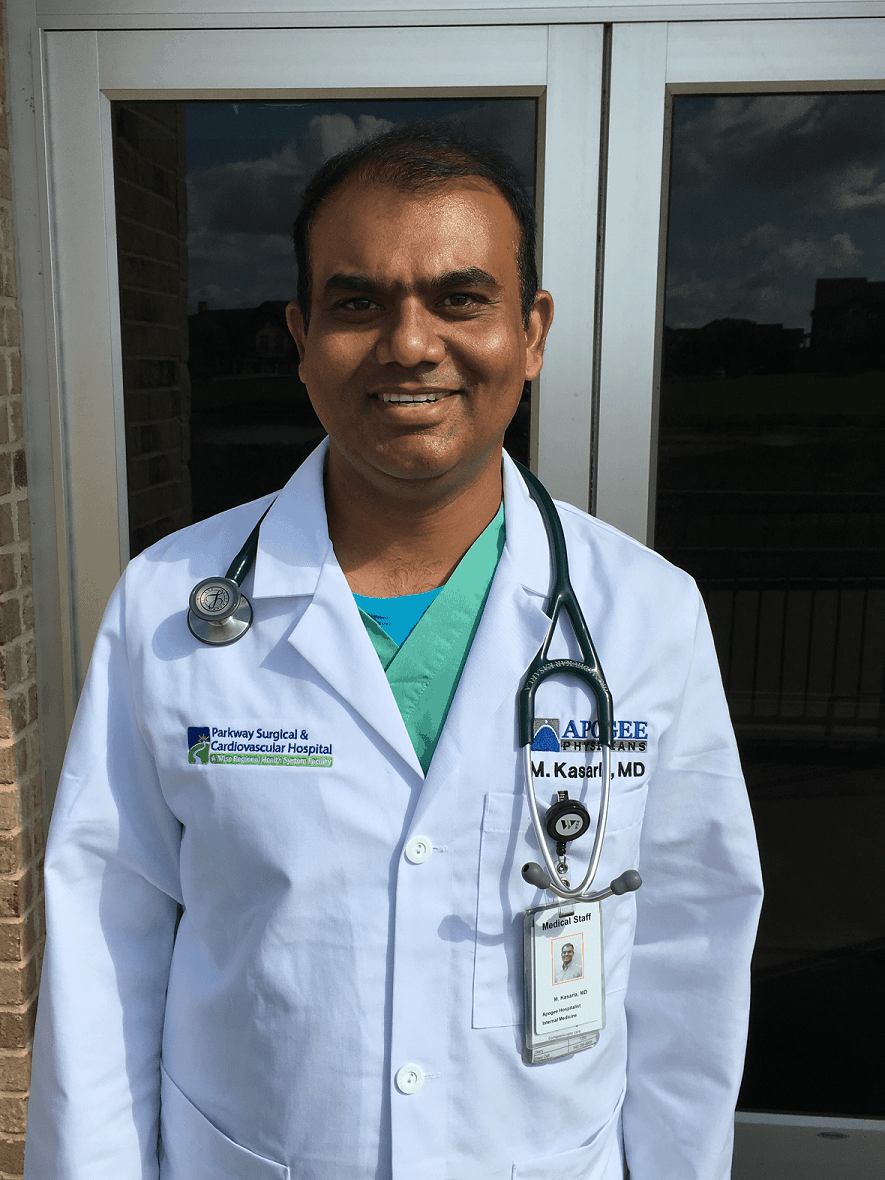NSAIDs are some of the most common over-the-counter (OTC) medications available and include aspirin, ibuprofen, and naproxen. In general, these medicines are safe and carry little danger to users from side effects or overdose, instilling confidence in the public in using them. Research has found these agents to be effective non-opioid pain management tools. The current opioid crisis has increased the use of NSAIDs, as they are non-habit forming and many opioid addiction problems begin with legitimate use of opioid pain killers. It’s estimated that 30 billion OTC NSAIDs are sold in the United States annually. However, it is the very high use of NSAID compounds that may be the cause of the risks associated with these medications.
Problems Associated With NSAIDs
If overused, NSAIDs can cause great harm to patients. In fact, these drugs are one of the leading causes of hospitalization among patients admitted for adverse or side effects of medications. Elderly people and those with pre-existing heart conditions are more likely to suffer heart damage or strokes from NSAIDs. Older patients also are more at risk for damage to the stomach and digestive system. One study found that the use of NSAIDs caused an escalation in the chance of death from peptic ulcers in elderly patients and questioned whether this population should use these medicines. Other research found that increasing NSAID use heightened the chance of peptic ulcer formation.
Even more problematic is that NSAID use-related risks increase greatly when used in conjunction with other medications, whether OTC or prescription. A previous study discovered that the combination of NSAIDs and SSRIs greatly increased the chance of gastrointestinal adverse effects; this is particularly worrisome, as SSRIs are usually prescribed for daily use, and people commonly take NSAIDs daily, or even several times a day, as well.
Studies also have connected overuse of NSAIDs to various intestinal disorders, including stomach ulcers, stomach bleeding, and various intestinal ruptures and irritation of the stomach lining and intestines. The American Gastronomical Society warns that “NSAIDs may occasionally cause small intestinal perforation, ulcers, and strictures requiring surgery.” Damage to the intestines is hard to repair surgically and can involve a long recovery period, which typically requires the use of an opioid pain killer. The dangers to the intestines are one of the most serious possible complications from overuse of these OTC medications. Indeed, the risk is so great that the American Society for Gastrointestinal Endoscopy has endorsed the use of NSAID compounds only as a last resort. These dangers are particularly worrisome as there is evidence that NSAID use lessens the risk of certain cancers like esophageal and throat cancers, which may lead people to overuse them.
These and other findings suggest that perhaps NSAID use should be controlled or curtailed. Evidence indicates that rectal administration of NSAIDs may avoid the risks to the digestive system that occurs from taking these compounds orally, although more research on this promising development is needed.
Are NSAIDs Safe?
The perception that NSAIDs are a safe cure for many infirmities, coupled with the large amount of NSAIDs advertising, contributes to their overuse. Study investigators who researched the general public’s thinking about NSAIDs and its awareness of potential dangers from the compounds found that awareness of the risk of NSAID misuse or overuse was very low. Even patients who started to suffer side or adverse effects from NSAIDs were unaware that NSAIDs were causing the problem. This study, and others like it, illustrates how important it is to raise public awareness of the dangers from overuse of NSAIDs (Table).
I believe there is enough overall evidence that the misuse or overuse of NSAIDs should be considered dangerous. There are many serious conditions caused by or made worse by NSAID use. It is crucial to raise public awareness of these risks, and to conduct further research on the topic.



 Janine Anthes
Janine Anthes